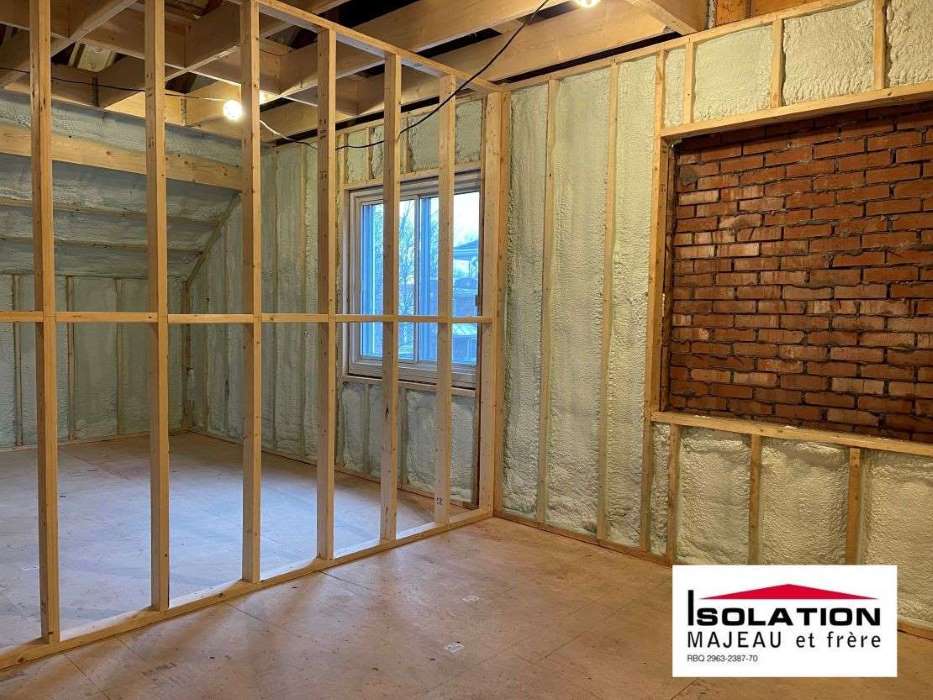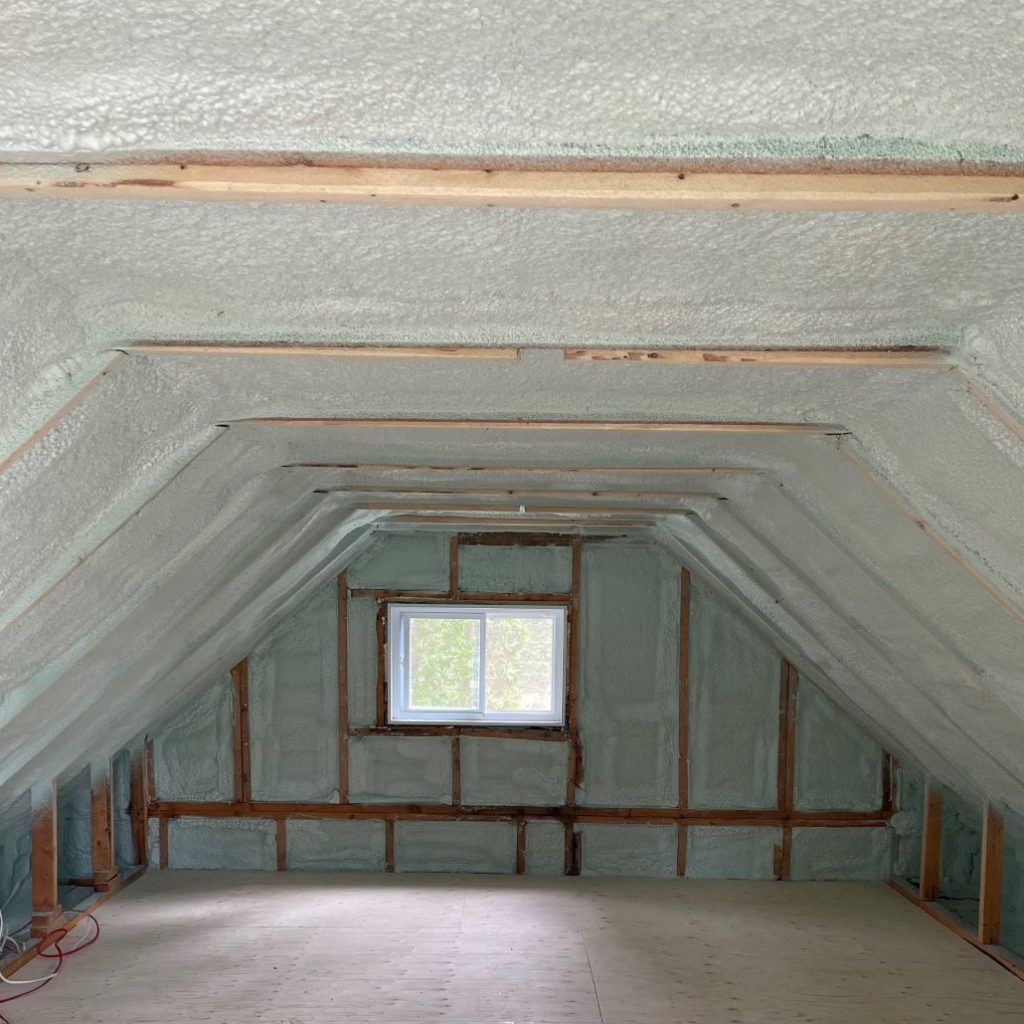Like you, your house has basic needs like keeping warm and breathing. But there are myths regarding insulation. Some people are under the false impression that a house with a bad air circulation is too insulated. Let’s have a closer look on houses’ sealing and its influence on air quality.
The Difference Between Insulation and Airtightness
The insulation refers to the layers of insulation and to the type of insulation material that allows your house to have a good barrier against the cold. Airtightness is when the air can’t pass from the exterior to the interior. There are no leaks. The house is air and dampness sealed like when you wrap a fruit in plastic. A house can be well insulated while not being perfectly airtight. A house can never be too insulated.
The Problem With the Houses That Are Not Sealed
When the walls or the ceilings let air out of the house, this can cause the air inside to get dry as well as cause the electric bill to go up. Airtightness problems are often associated with the houses that were built in the 1980s. Today, construction norms allow houses to come with better sealing. However, this airtightness can bring another problem. When the air isn’t naturally renewed, the air purity inside the house can be affected because the pollutants in the air are not properly evacuated. So, what to do?
The Key for Quality Air
A well-sealed house can have bad ventilation, which causes, among other things, moisture in the windows. To palliate this problem, and have good air quality, we must make sure that your house breathes. An air exchanger, or heat-recovery ventilation (HRV), is the best way to allow your house to breathe according to its needs. This means that it should always operate so that it eliminates excessive dampness and pollutants when there is a lot of activity, such as cooking, taking a shower or turning the dishwasher on. Then, when activity ceases, the air exchanger reduces its rhythm because the need for air renewal is not as important.
In short, if you think that the bad air quality in your house is caused by a deficient insulation, or because your walls are not airtight, talk to one of our specialists. They will guide you towards the best solution so that your home will be more comfortable.
This article was originally published on May 17, 2022 by François Morissette








